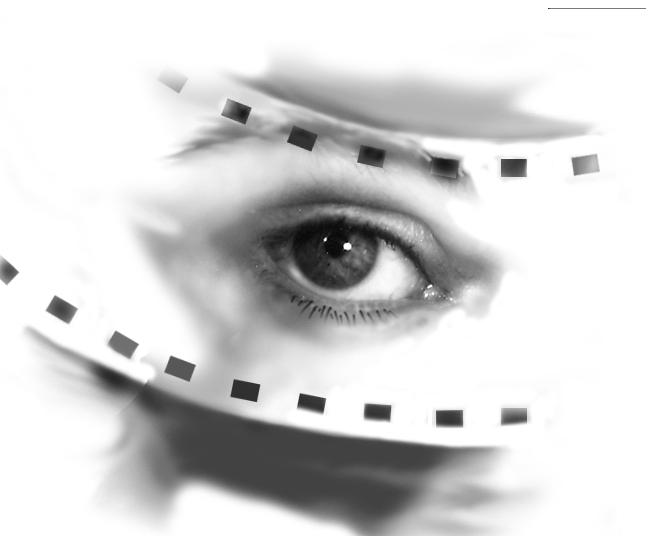Movies provide us with a chance to suspend our own belief a few hours at a time and escape reality. This begs the question: what mechanisms allow us to mentally immerse ourselves in the narrative of a film when we are fully aware that we are not active participants in the story?
Perceptual science offers potential insight into how we comprehend the world around us. Scientists such as Versus, Galileo, Garner, and Gibson and groups like the Gestalts have provided a good deal of insight into why we see the world the way we do. However, Julian Hochberg introduced a new type of perceptual study in the 1950s: the application of perceptual science to film.
Inspired by Hochberg's work, this website provides an exploration into modern insights on the perception of film and animation. We explore questions in narrative perception (how do we follow a plot), motion perception (what does "good enough" really mean), the perception of faces (what makes us recognize characters in a film), and several other topics.
In this project, we conducted a broad survey of applications of perception to film and animation. The Film and Animation pages summarize our findings and provide demos of applications of perception in general cinema and animated techniques. Demos of relevant principles and further resources found on the Demos and Bibliography pages. The Experiment page documents the design and implementation of an experiment conducted testing people's ability to recognize faces in film from different angles.

